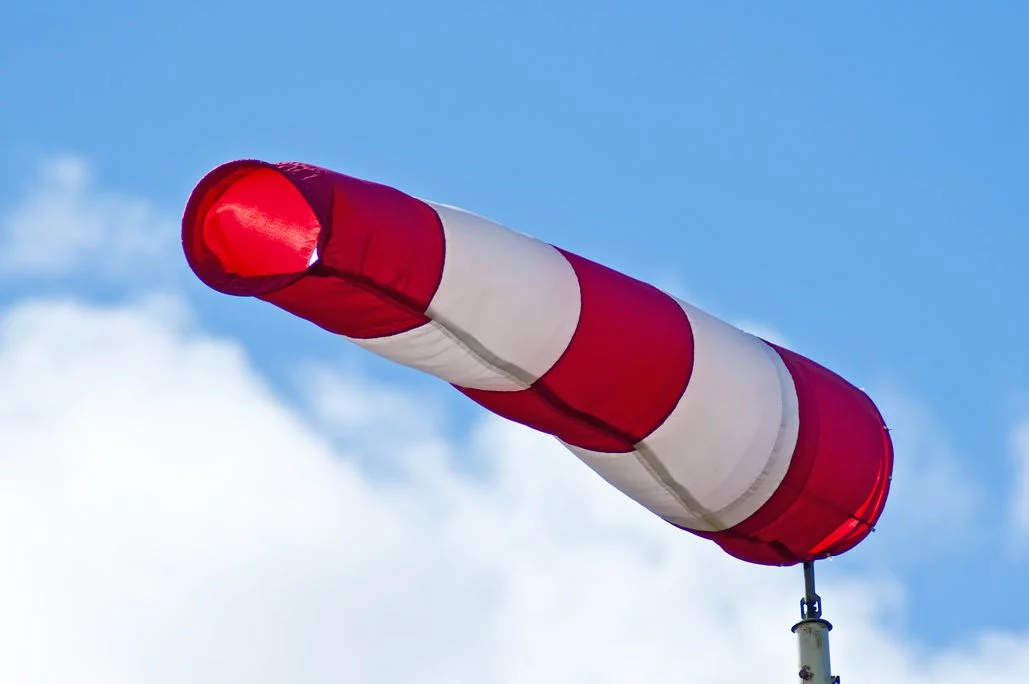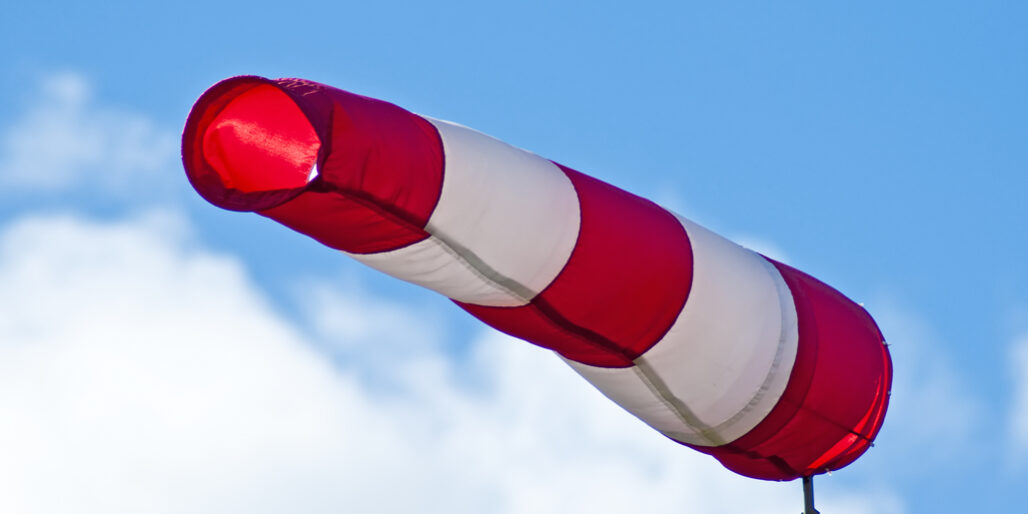
windsock
You have been sitting in a hunting blind all day. You are hungry, bored, and tired. You have fought the urge to give up and just head back to the house. You keep telling yourself to hang in there just a little longer–that the wait will soon pay off. And then, it happens! You see an 8-pointer appear in the distance, and you decide to take the shot. You settle your sights and with a steady squeeze of the trigger…wait, what happened?! I missed the shot? I missed the shot! How? Everything was right! Except for making the right wind call…
Failing to account for branches and leaves that you can see swaying in the wind is failing to understand the importance of making the right wind call. This can have a negative impact on a successful hunt. Hunters should always check the conditions before they leave; knowing what to do under certain weather conditions can make the difference to having a successful hunt.
Calculating how the wind will affect your bullet in flight requires understanding the wind’s direction, value, and speed.
Direction
You can determine wind direction by observing the direction vegetation is moving or by feeling the wind blow against your body.
Value
Winds are classified according to the direction from which they are blowing in relation to the direction of fire. To better understand this, think of a clock. The target is always at 12 o’clock. If the wind value is blowing toward 12 o’ clock or 6 o’ clock, it is considered to have no value because the wind will not affect the bullet in flight. If the wind value is blowing toward 9 o’ clock or 3 o’ clock, it is considered to have full value because the wind will impact the bullet in flight. Any other place on the clock would be considered a half value.
Speed
To determine the wind velocity, you can use the observation method.
| Under 3 MPH | The wind can hardly be felt on the face, but the presence of a slight wind can be detected by drifting smoke. |
| 3 – 5 MPH | Wind can be felt lightly on the face. |
| 5 – 8 MPH | Wind keeps tree leaves in constant motion. |
| 8 – 12 MPH | Wind will raise dust and loose paper. |
| 12 – 15 MPH | Wind will cause small trees to sway. |
| 15 – 25 MPH | Wind will cause large trees to sway. |
You should also consider whether the surrounding terrain reduces the effect wind has on the flight of the bullet. You should adjust these values to compensate for the wind-reducing effects of the terrain, such as large trees.
You can also use a spotting scope to look at the heat waves (mirage) that may be rising from the ground. The angle at which wind is pushing up the heat waves can help you estimate wind speed and direction.
| No wind | The mirage is rising straight up. |
| 1-3 MPH | The mirage tips 60 degrees. |
| 4-7 MPH | The mirage tips 45 degrees. |
| 8-12 MPH | The mirage blows parallel to the ground. |
By rotating your spotting scope right or left until the mirage is straight up, you will know you are looking directly into the wind.
Make sure to check your ballistics and ammunition manufacturer websites to get specific wind drift data for your load and distance. You can also try to time your shot during a calm moment in the wind, but remember that the wind speed at your location may be different from the wind near your target.
Original Source: https://sterlingprecision.net/precision-accuracy/making-right-wind-call/





